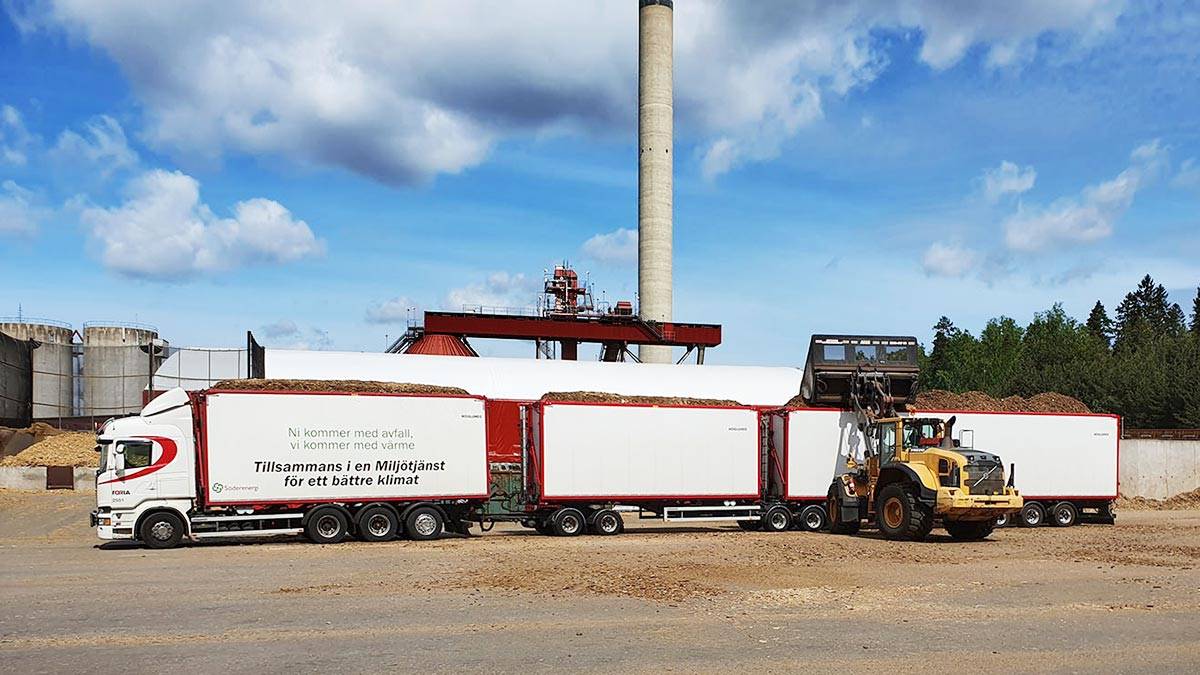Prerequisites for electric 98-ton vehicle combination

Sustainable business models are required to make the transition to electric transports possible. Long-term planning, optimized routes and life cycle management of batteries are important aspects.
Project description
The development of electric trucks has gone incredibly fast in recent years. New battery technology and new drivetrains significantly increase range and driving times. What is not talked about as often but is nevertheless extremely relevant to an electrified future in the transport sector is how these trucks will be procured, used, charged, serviced and eventually disposed on the used market. The purpose of this study was to analyze what is required to create a sustainable ecosystem of actors to enable the electrification of heavy road transports.
The practical focus of the study was on the electrification of a 98-tonne vehicle combination that is planned to drive in shuttle traffic with fuel chips from a terminal in Nykvarn to Igelstaverket heating plant in Södertälje, a distance of approximately 21 km.
The theoretical focus of the study was:
- What value propositions are required by different actors to enable electrification.
- How sustainable business models around these value propositions can be created.
- How the business models fit together in an ecosystem for electrified transport.
- Challenges linked to changes and restructuring of business models and business ecosystems.
Results
The study shows a number of important areas to consider when electrifying a transport in order to create sustainable business models.
Some of the most important aspects are:
- Adjusted contract times for the transport assignment.
- New models for the lifecycle management of the truck and its batteries.
- New cost and payment models for electric trucks and charging infrastructure.
- Optimization of routes, transport processes, and charging with regard to grid load, utilization of charging infrastructure and the transport system.
- Long-term planning of electrification.
By developing plans with all of these aspects in mind, unwanted side effects can be avoided and a transition to electric transports can go as smoothly as possible for all key players in the ecosystem.
Report
The report evaluates potentially sustainable solutions from a business perspective for all actors who are vital to the development of a functioning business ecosystem. Although we have focused on a specific transport, many aspects of the study are expected to be transferable to other similar transports. The individual transport should also be seen in a larger context where a comprehensive transformation of the transport sector is expected from fossil fuel to electric operation.
Elektrifiering av tunga vägtransporter – mycket mer än teknik (pdf 1.1 MB)
Authors: Adam Uhrdin (KTH), Henrik von Hofsten och Daniel Noreland (Skogforsk)

